Explore the Science Behind 'Black Void'
Is any of the science in ‘Black Void’ real? You’ll be surprised to find how much it is.
Dive into captivating scientific themes featured in the book. We hope this journey sparks greater curiosity and encourages you to explore the wonders of science.
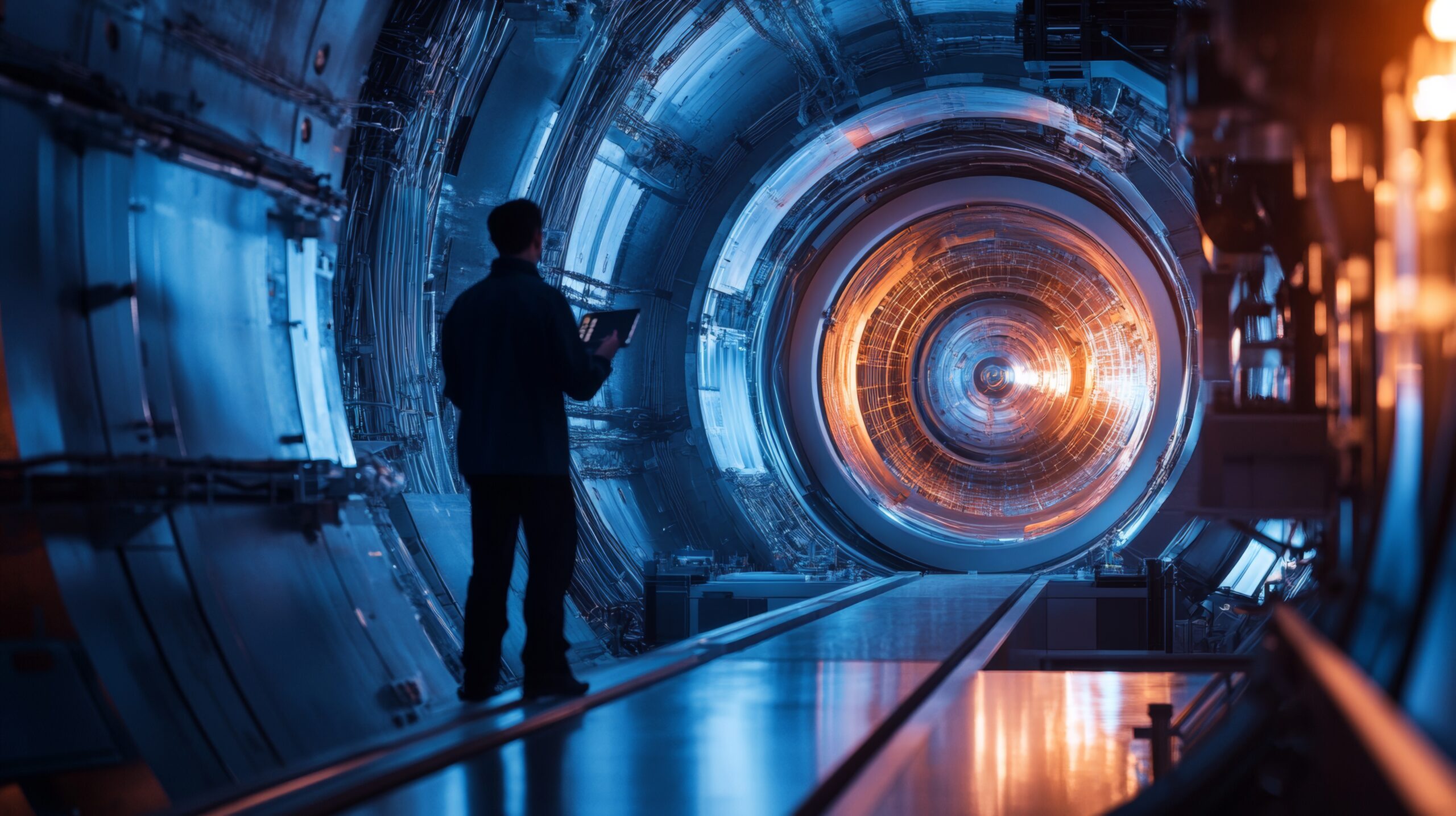
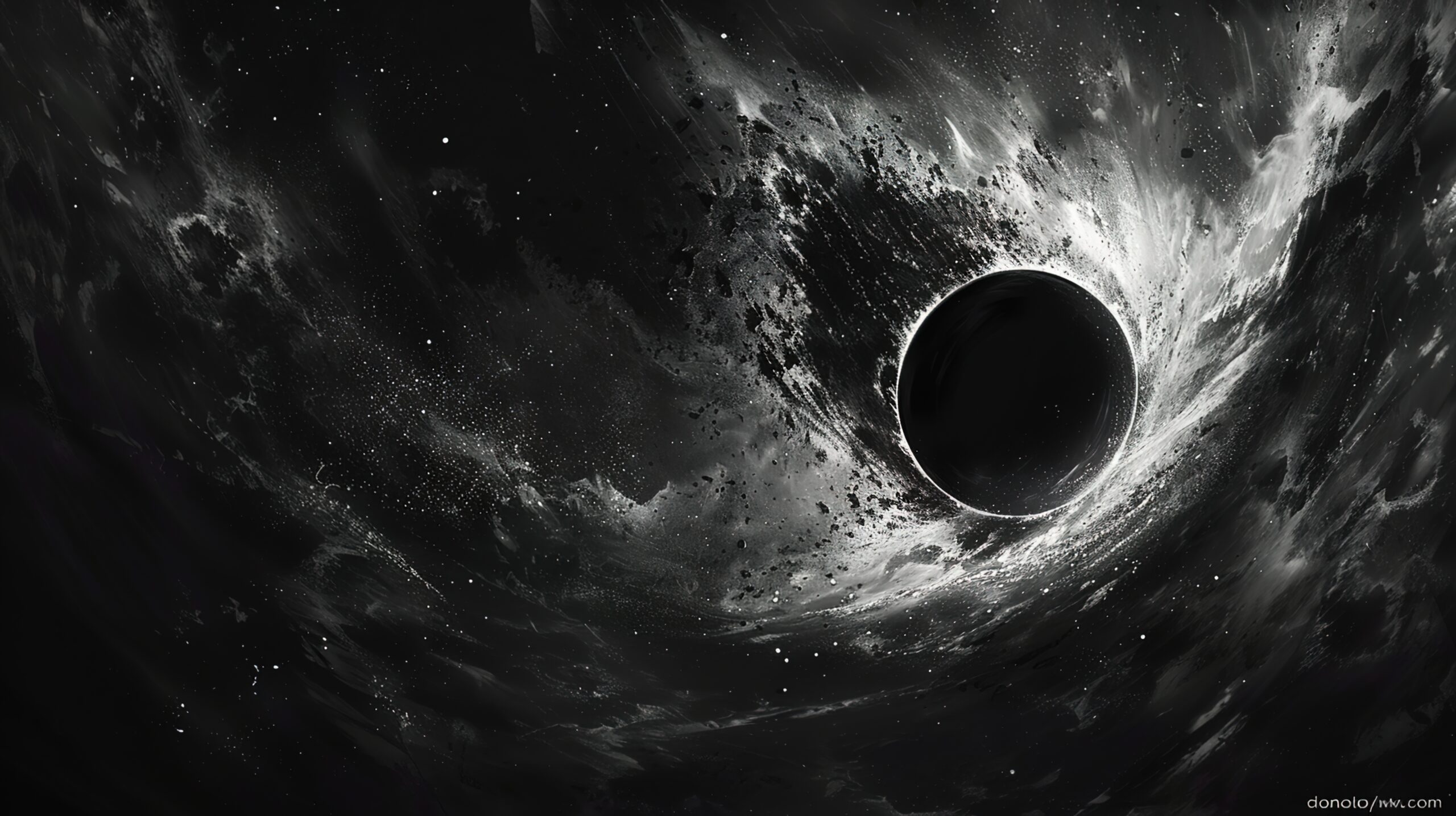
Primordial Black Holes
Primordial black holes are theorized to have formed very early in the universe, shortly after the Big Bang.
Unlike black holes formed from stellar collapse, primordial black holes are thought to have formed directly from density fluctuations in the early universe. These regions collapsed under their own gravity, creating black holes.
Scientists believe primordial black holes could have had a wide range of masses, potentially spanning from very small, asteroid-sized objects to those much larger than the Sun.

The Higgs Field
The Higgs field is a foundational tenet of modern physics and is thought to give mass to other elementary particles. It is a quantum field that permeates all of space. The stronger a particle interacts with the Higgs field, the heavier it becomes.
Without the Higgs field, elementary particles like electrons and quarks would be massless, and everything we know would cease to exist.
The Higgs field plays a crucial role in the structure of matter and the forces that govern the universe.
The Large Hadron Collider
The Large Hadron Collider (LHC) is the world’s largest and most powerful particle accelerator, located at CERN in Switzerland and France.
It accelerates protons and other particles to near light speed and then makes them collide, allowing scientists to study the fundamental building blocks of matter and the forces that govern the universe.
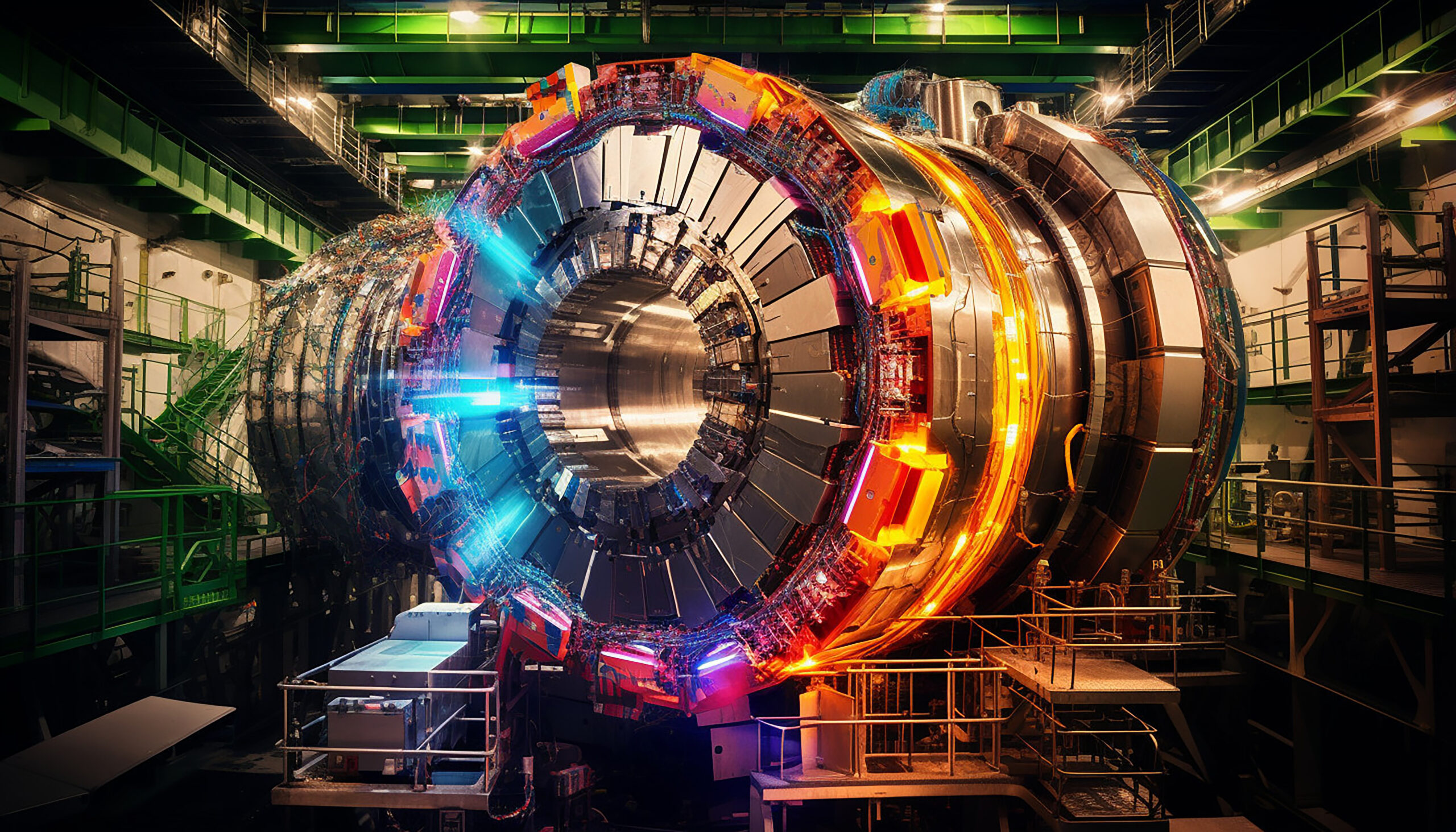
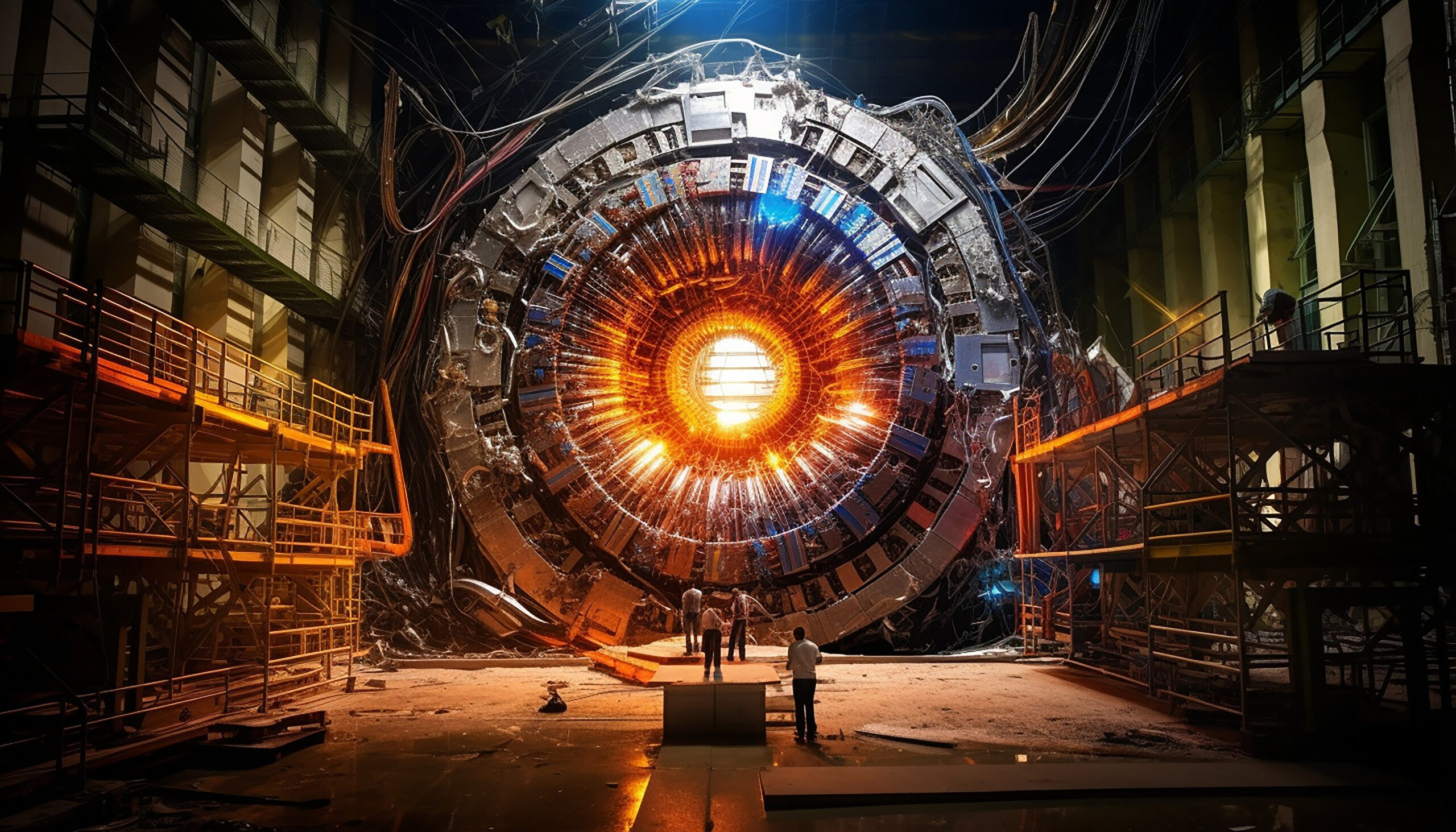
The Hottest Recorded Temperature
The highest artificial temperature ever recorded at CERN’s Large Hadron Collider (LHC) is 5.5 trillion degrees Celsius (5.5 x 10¹² K). This record was achieved in 2012 by smashing lead ions together at nearly the speed of light, creating a state of matter called a quark-gluon plasma.
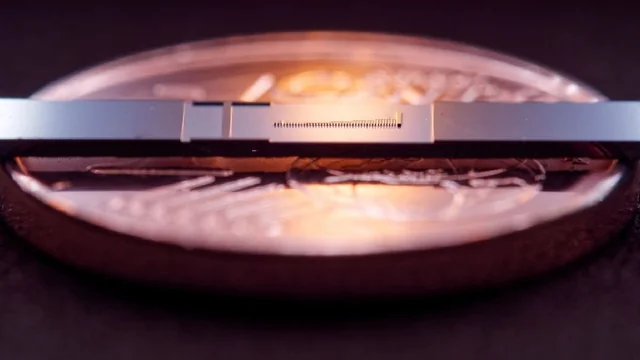
The World's Smallest Collider
Researchers at the Friedrich-Alexander University of Erlangen–Nuremberg (FAU) in Germany have created a nanophotonic electron accelerator that is 54 million times smaller than the LHC. This mini-collider accelerates electrons by using a tiny laser that illuminates structures on a chip.
Common Questions
Curious about the science behind the story?
Have more questions to ask?
This section answers some of the frequent questions about the scientific concepts in my book. You’ll find useful insights that would help clarify complex ideas and enhance your enjoyment of the story. Feel free to explore and deepen your understanding!
I read an article in Popular Science titled “Scientists Discovered Something Kinda Alarming: The Universe Shouldn’t Actually Exist,” and I thought that would make a great story. I then started to pull on that thread and it took me to primordial black holes, and CERN.
No, the characters are not based on any real people. When I started thinking about characters I did some research on famous physicists. I ran across a story on Lise Mietner, and it seemed to me that she was likely the brains behind nuclear fission. That led me to create a lead character that was a woman determined to redeem her grandmother.
The rest of the characters were created out of the story I wanted to tell.
I always liked stories based on something real. I loved Jurasic park because it could actually happen, and now it is.
I wanted the science in my story to be as close to real as possible. I hope it gets people to research and learn.
Science is critical to the storyline, as it shapes the characters’ decisions and the conflicts they face.
Absolutely! I welcome your inquiries and am excited to engage in discussions about the themes or any other aspects of the book. Your questions are important to me!